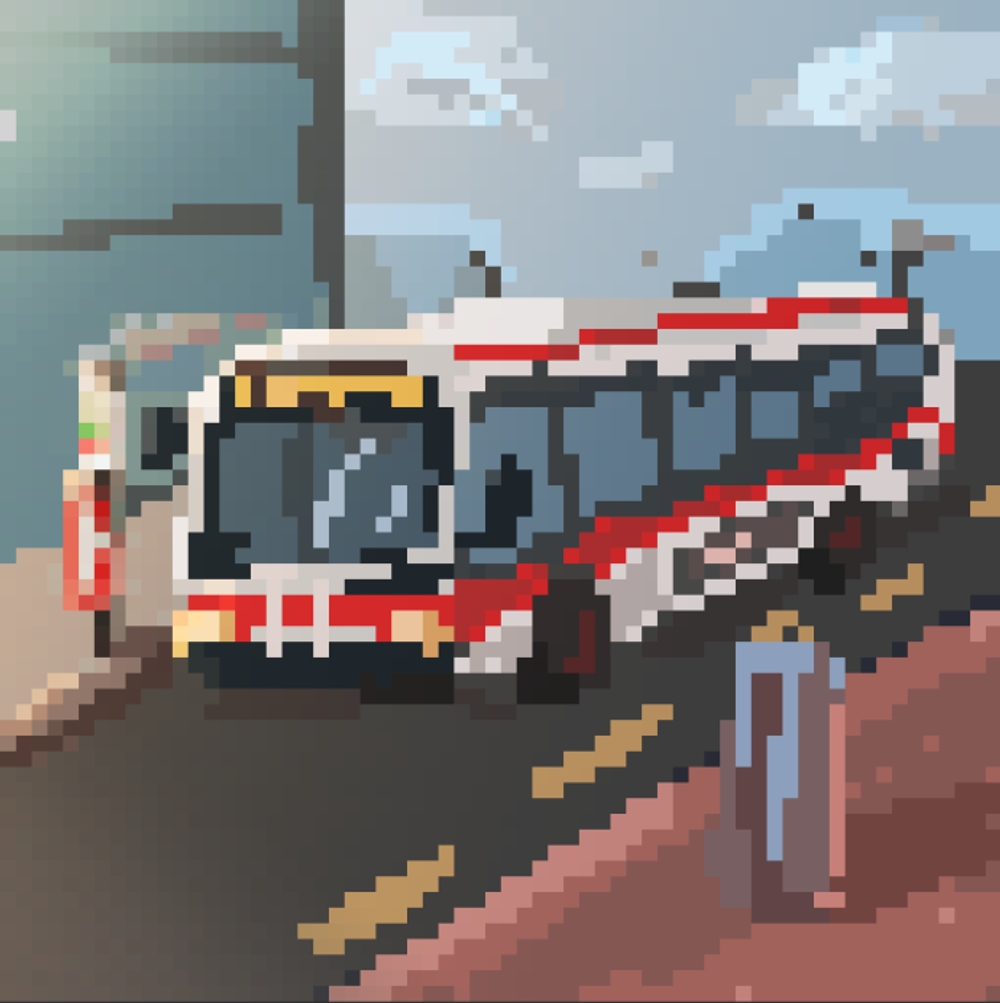
A piece of news has come out, which affects the long-suffering TTC riders of the VP community. On August 28, Toronto Mayor Olivia Chow announced that TTC services would be increased this fall, returning to 95% of pre-pandemic levels by November, and that bus service would return to 99% of pre-pandemic levels.
This announcement follows whirlwind shifts in TTC policy, with cuts and service increases intermingled with one another over the past few years. This is mainly due to the COVID-19 pandemic and its resulting effects. In April 2020, as COVID-19 hit and ridership fell more than 80%, the TTC announced the first of service cuts, laying off more than 1,000 workers and reducing service to around 80% of pre-pandemic levels.
As schools gradually reopened at the end of 2020 and people started going back to work, the TTC responded accordingly. By December 2020, it was operating at 95% of normal service. According to the 2021 budget, which received mixed reviews from transit advocates, the TTC had intended for that to be the baseline heading into the new year.
However, ridership didn’t recover at the rate the TTC had hoped. Despite some predictions that the TTC would reach 50% of pre-pandemic ridership, that still hadn’t happened by September 2021, and revenues were suffering as a result. Therefore, for all of 2021, there was a 5.5% decrease in service hours, compared to the expectations outlined in the budget. 2021 also saw the introduction of the COVID-19 vaccine and further cuts to the TTC were announced in November 2021, as some employees refused to follow its mandatory vaccination policy.
These cuts were gradually rolled back in 2022, but ridership was still not recovering at the rate that was hoped for. By late 2022, it was at around 70% of pre-pandemic levels, which was mainly attributed to the increased trend of people working from home. Fares, which once made up around two-thirds of TTC revenue, now only make up around 40%. It didn’t help that this period of uncertainty regarding the TTC’s finances coincided with the rise of safety concerns; in 2022, there were more than 1,000 violent incidents on the TTC, an increase of almost 50% from 2021.
It was in these circumstances that cuts were once again applied to the TTC in its 2023 budget. In addition to a fare increase (from $2.25 to $2.35 for youth and $3.25 to $3.35 for adults), service was cut by 5%, going from 96% of pre-pandemic levels down to 91%. Rapid transit suffered the most, with subway and light rail service being cut by 15%. Crowding standards were also increased, which meant that service was more likely to be reduced during the busiest times. Not only was this budget criticized on its merits, but there were also transparency concerns, as details about the cut were only made public following a freedom of information request by the transit advocacy group TTCriders.
As 2023 proceeded, so did the cuts; a service reduction in lines two and four in March, followed by a cut to line one in May. These cuts have also affected numerous buses that VP students take, including the 85, 985, and 95. Moreover, service has not met what was laid out in the budget; according to the TTC spokesperson, it was operating at 90% of pre-pandemic levels prior to the May cuts.
Returning to the present, Chow’s announcement is sparking hopes among transit advocates that the pattern of cuts will finally be reversed. “We’re thrilled that the mayor is listening to transit users […] starting to make good on her promise to reverse service cuts,” said Shelagh Pizey-Allen, a TTCriders spokesperson. For VP students, relevant routes which will see service improvements are the 39, 939, and 985, among other bus lines.
These service increases are being paid for using the money that would’ve gone to the Eglinton Crosstown, which isn’t expected to start running until 2024.